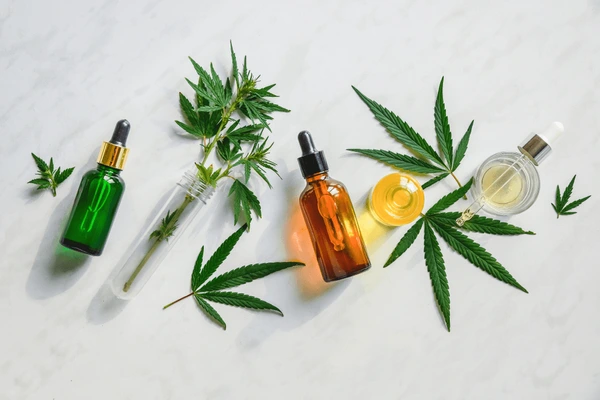You walk into a shop—or more likely, scroll through an online store—and BAM! You’re ambushed by a wall of CBD products. Oils, tinctures, balms, gummies, sprays… all sporting sleek labels with scientific-sounding terms like “broad-spectrum,” “CO₂ extracted,” and “terpenes.” It’s like a wellness vocabulary quiz you didn’t study for.
Welcome to the wonderful (and occasionally baffling) world of CBD, where understanding the label is just as important as the product itself.
Let’s decode the jargon and help you shop smarter, not harder.
CBD Content: Milligrams Matter
First things first—how much CBD are you actually getting?
That “500mg” on the bottle doesn’t refer to how much you should take in one go (thank goodness). It usually means the total amount of CBD in the entire bottle. So if you have a 10ml bottle with 500mg CBD, you’re getting 50mg per ml.
Pro tip: don’t get dazzled by big numbers. A lower-strength oil taken consistently can often do more than a high-strength one used sporadically.
Full-Spectrum, Broad-Spectrum, or Isolate?
Ah, the great spectrum debate. Here’s the short version:
- Full-spectrum CBD includes all cannabinoids, including trace amounts of THC (legal limit: 0.2% in the UK).
- Broad-spectrum has everything except THC.
- Isolate is pure CBD, no extras.
In the CBD market, broad-spectrum is often the go-to for those wanting the benefits of the full plant without brushing up against THC laws or workplace drug tests.
Carrier Oils: Not All Bases Are Equal
You’ll notice most CBD oils don’t just contain CBD—they’re mixed with a carrier oil. This isn’t filler; it helps your body absorb the CBD more effectively.
Common carrier oils in the UK include:
- MCT oil (from coconut) – Popular, fast-absorbing, keto-friendly.
- Hemp seed oil – A natural match, rich in omega-3s.
- Olive oil – Smooth, familiar, and easy on the gut.
Check what’s used—your stomach (and taste buds) may thank you later.
Third-Party Lab Reports: The Fine Print That Matters
If a brand isn’t showing you lab results, it’s waving a red flag the size of Wales. Reputable UK CBD products include certificates of analysis (COAs) from third-party labs. These show exactly what’s in the product—CBD levels, THC content, and any potential nasties like heavy metals or pesticides.
In the CBD UK landscape, transparency isn’t optional—it’s essential.
Don’t Fall for Marketing Gimmicks
“100% organic!” “Nano-emulsified!” “Scientifically magical unicorn extract!” Okay, maybe not the last one, but you get the idea.
CBD labels can be flashy, but focus on what truly matters: dosage clarity, ingredient quality, and regulatory compliance. Everything else? Just glitter on the label.
Final Words of Wisdom
The UK’s CBD scene is maturing fast, but the labels can still feel like a puzzle box. The good news? Once you learn how to read them, you’ll shop with the confidence of a seasoned hemp whisperer.
So next time you’re browsing the CBD UK market, decode like a pro—and leave the mystery for crime novels.


Comments are closed.